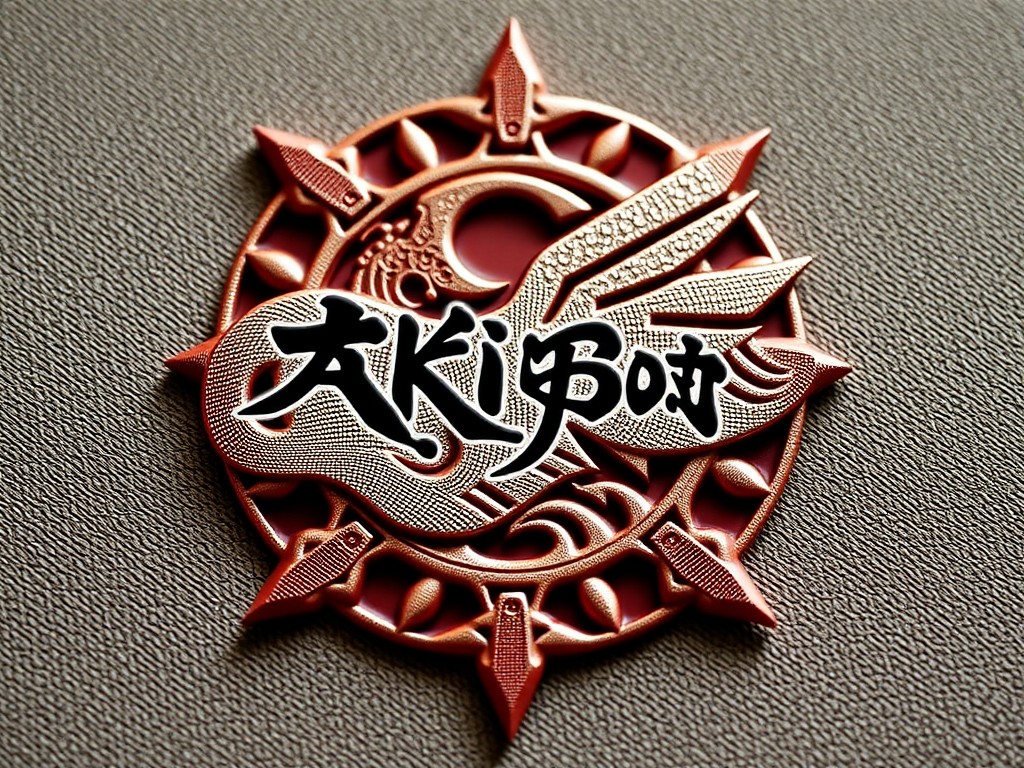Understanding the Importance of Contractor Relationships
Forming strong contractor relationships is crucial for successful collaboration and effective project management. These relationships greatly influence the outcome of projects by ensuring that all parties work toward common goals.
The Role of Contractor Relationships
Contractor relationships play a pivotal role in project success. When project management fosters positive connections, tasks are completed effectively, budgets are managed wisely, and deadlines are met. This collaboration translates into successful project deliveries that benefit all stakeholders.
Additional reading : Creating Climate-Resilient Cities: Innovative Strategies for Flood Mitigation
Key Benefits
Strong contractor partnerships provide several advantages. Firstly, they enhance communication, ensuring everyone involved is on the same page. This leads to fewer misunderstandings and better decision-making. Secondly, solid relationships encourage trust, making it easier to resolve potential disputes and maintain project momentum. Partnering well also offers opportunities for cost savings, as enduring partnerships often result in better pricing and prioritisation.
Common Challenges
Despite their benefits, contractor relationships are not without challenges. Differences in expectations or communication styles can create misunderstandings. Additionally, the complex nature of projects often leads to conflicts regarding responsibilities. Contractors and project management need to develop systems that encourage open communication and adaptability to navigate these hurdles effectively. Successfully managing these issues paves the way for a robust and beneficial collaboration.
Additional reading : Creating Private Multi-Generational Urban Homes: Innovative Design Strategies for Family Harmony
Effective Communication Strategies
Effective communication is fundamental in any environment, ensuring clarity and understanding among all parties involved. This section explores key strategies to enhance this process.
Establishing Clear Channels of Communication
Establishing well-defined communication channels is crucial for maintaining transparency. Clear channels ensure that information flows smoothly between individuals or groups. Choosing the right platforms and mediums, such as emails, meetings, or digital tools, can facilitate effective communication. It’s vital to tailor these channels to suit the needs and preferences of those involved, enabling more efficient and targeted exchanges.
Regular Check-Ins and Updates
Frequent updates and check-ins are a practical approach to keep everyone informed and aligned. Scheduled meetings or digital notifications help maintain the flow of information and encourage engagement. Transparency is enhanced when everyone knows what’s expected and what’s happening. Ensuring these check-ins are regular and consistent bolsters trust and openness within a team or organisation.
Constructive Feedback Mechanisms
Feedback is an essential component of communication that fosters growth and improvement. Implementing constructive feedback mechanisms involves creating a safe environment where feedback can be shared openly and respectfully. Such mechanisms should focus on being specific, actionable, and balanced, highlighting strengths as well as areas for improvement. By prioritising transparency and ensuring feedback is part of regular interactions, individuals and teams can thrive and evolve.
Setting Clear Expectations and Goals
Establishing clear expectations and setting project goals is crucial for the successful execution of a project. The first step is defining the scope of the project in exact terms. Detailed project scopes provide a comprehensive blueprint, ensuring all parties understand the task’s requirements and timelines. This clarity prevents misunderstandings and sets the stage for effective collaboration.
When aligning the goals of contractors and the project manager, communication becomes key. Regular meetings and updates facilitate a mutual understanding of objectives and assist in adjusting strategies when necessary. By maintaining consistent dialogue, the project stays on course, and any potential issues can be addressed promptly.
Documentation plays a pivotal role in setting expectations. It ensures all agreements and plans are recorded, providing a reference point for everyone involved. This record contributes to accountability by allowing measurements of progress against the initial objectives. It also serves as protection for both parties, ensuring that commitments are fulfilled as agreed.
To enhance contractor accountability, it is essential to outline specific responsibilities and deliverables. By making these responsibilities explicit, both the contractor and project manager can track and measure progress with concrete benchmarks. This proactive approach limits ambiguities and aligns everybody towards achieving the shared project goals efficiently.
Conflict Resolution Techniques
Navigating conflicts requires a nuanced approach that balances conflict resolution and effective negotiation. Understanding the intricacies of these methods is fundamental to problem-solving.
Identifying Potential Conflict Triggers
Recognizing what might ignite a conflict is a precursor to resolution. Conflict resolution begins by identifying common triggers such as miscommunication, cultural differences, or unclear expectations. Solutions are more straightforward when potential flashpoints are anticipated early. For instance, cultivating an environment where team members feel comfortable expressing concerns can prevent misunderstandings before they escalate.
Techniques for Effective Negotiation
Effective negotiation forms the backbone of resolving disputes amicably. Begin by fostering open communication, ensuring all parties feel heard and respected. Active listening is crucial during this phase, as it allows you to understand the perspectives and motivations of others. During negotiation, focus on shared interests rather than entrenched positions to find common ground and craft a mutually beneficial solution.
Turning Conflicts into Collaborative Solutions
Transforming conflicts into opportunities for collaboration can lead to innovative problem-solving. Encourage involved parties to view disputes as chances to collaborate. This approach can transform adversarial dynamics into teamwork, leading to novel solutions and strengthened relationships. By reallocating resources or tasks, conflicts can become a catalyst for team growth and an enhanced understanding of shared goals.
The Role of Contracts in Contractor Relationships
Contracts play a vital role in establishing clear roles and expectations in contractor relationships. These agreements not only define the scope of work but also ensure legal compliance, safeguarding both parties involved. One of the essential components of a contractor agreement is a detailed description of the work to be performed. This specification acts as a cornerstone, preventing misunderstandings and outlining what each party is responsible for.
Another crucial aspect of contracts is the importance of clarity and enforceability. By ensuring that all terms are unambiguous and legally binding, both parties can operate with confidence knowing that their rights and obligations are protected. An enforceable contract reduces the risk of disputes and provides a legal framework for resolution if disagreements arise.
Managing changes to agreements and handling disputes efficiently is critical to maintaining healthy contractor relationships. When modifications to contracts are required, it’s advisable to communicate promptly and document changes formally, ensuring continued legal compliance. Should disputes emerge, it’s beneficial to have pre-agreed processes within the contract, such as mediation or arbitration, to resolve conflicts amicably.
Regularly reviewing and updating contractor agreements can further bolster these relationships, ensuring that they remain relevant and comprehensive as projects evolve. By prioritising robust contracts, both parties can enjoy a smoother, more predictable working relationship.
Timelines and Accountability Measures
Establishing and adhering to project timelines is essential for the successful completion of any endeavour. A well-defined timeline considers all project phases, potential delays, and necessary resources, ensuring all components are aligned for successful execution. To achieve this, understanding the scope and setting achievable deadlines with clear milestones are critical. These timelines must be realistic yet motivating, providing a clear pathway to project completion without overwhelming the team.
Establishing Realistic Timelines
Creating realistic timelines begins with assessing the project scope and resource availability. By breaking down tasks into manageable parts, project managers can allocate time efficiently and set achievable deadlines. This careful planning helps prevent burnout and increases the likelihood of meeting deadlines.
Monitoring Progress Against Deadlines
Regular monitoring ensures projects remain on course and deadlines are met. Employing tools that track progress against established timelines is vital. These tools offer project managers insights into potential bottlenecks and areas needing immediate attention, which is crucial for maintaining momentum and adjusting plans effectively.
Accountability and Performance Metrics
Ensuring accountability is a critical element in maintaining project timelines. By setting clear performance metrics, teams understand their responsibilities and contribution values. These metrics not only foster a sense of ownership but also enable project managers to identify areas of improvement, ensuring the entire team remains committed to the project goals.
Case Studies of Successful Contractor Relationships
Successful contractor partnerships are often highlighted through noteworthy case studies that provide invaluable insights into creating effective collaborations. These success stories often stem from large-scale projects like major infrastructure developments or commercial constructions, where seamless contractor relationships have led to exceptional outcomes.
One prominent case is the development of a large metropolitan transit system, which relied on robust contractor alliances. Through careful planning and open communication, the project was completed on time and within budget, demonstrating effective contractor management.
Several best practices emerged from these successes. First, establishing clear contract terms and shared goals is crucial. This helps to mitigate misunderstandings and streamline processes. Additionally, maintaining open lines of communication fosters trust and transparency, leading to smoother project execution.
Another notable lesson is the incorporation of regular check-ins to assess project progress. These check-ins serve as opportunities to identify potential issues early and address them promptly, preventing major setbacks.
Implementing strategies from successful case studies involves adopting these best practices. By creating solid frameworks for partnership, companies can aim for collaborations that mirror those documented in success stories. Emphasising shared goals, consistent communication, and proactive issue management significantly enhances contractor relationships, ensuring fruitful project outcomes.
Continuous Improvement and Training
To excel in contractor management, continuous improvement and skills development are crucial components. Ongoing training enables both contractors and project managers to stay updated with industry standards and enhances their ability to tackle complex projects efficiently.
One effective strategy for fostering a culture of continuous improvement involves implementing regular workshops and seminars focused on emerging trends and technologies. These events not only provide the latest insights but also encourage interaction and knowledge exchange among professionals. Moreover, integrating feedback systems allows for identifying areas of improvement, ensuring adaptive learning processes within the team.
It’s important to recognise the abundance of resources available for professional growth. Online courses and certifications, for instance, offer flexible learning opportunities tailored to various aspects of contractor management. Webinars and online forums also serve as platforms for discussing challenges and sharing best practices with peers globally.
Encouraging a routine check of industry publications and joining professional networks can aid significantly in maintaining professional relevance. These resources help individuals gain new perspectives and strategies that contribute to better decision-making and project outcomes. Ultimately, cultivating a mindset geared towards continuous learning and development leads to not only enhanced individual performance but also a more competent and cohesive project team, adept at handling multifaceted challenges.






